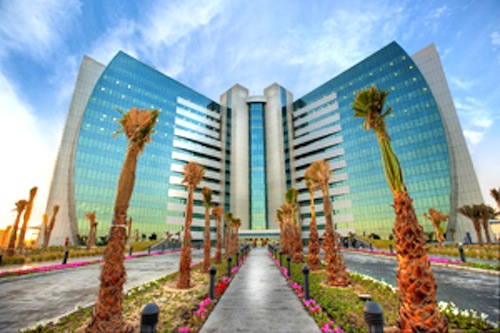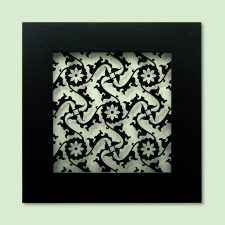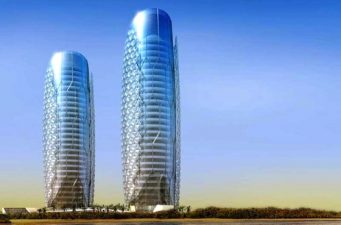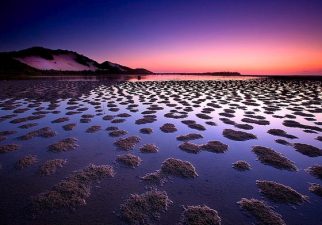 One of the world’s largest oil producers has just received LEED Platinum for its Al-Madra Tower in Saudi Arabia, highlighting the pitfalls of a system designed to recognize environmental stewardship.
One of the world’s largest oil producers has just received LEED Platinum for its Al-Madra Tower in Saudi Arabia, highlighting the pitfalls of a system designed to recognize environmental stewardship.
Don’t get me wrong, Saudi Aramco’s Dhahran tower is more environmentally responsible than a lot of similar buildings. It is partially solar-powered and boasts a suite of smart programs that control energy performance, indoor air quality and lighting.
The United States Green Building Council (USGBC) gave the tower LEED Platinum, the highest possible award and a first for commercial buildings in the Kingdom, according to Arab News.
The government-backed company is gushing with pride.
“It is with pleasure that I recognize Saudi Aramco’s community services because of excellence in environmental stewardship and as a result achieving the highest certification as awarded by the leaders in energy and environmental design,” Saudi Aramco President and CEO Khalid A. Al-Falih told the paper.
The tower received 80 out of a possible 94 points, scoring particularly high in the energy and atmosphere category, and is now being touted as a sterling example of sustainable building. Surely we understand sustainability to be something holistic?
Overall, the oil industry has done considerable environmental harm – not only at extraction points, but because burning oil releases greenhouse gases into the atmosphere that are responsible for climate change – one of the single most pressing environmental issue of our time.
Saudi Aramco has both the largest proven crude oil reserves, at more than 260 billion barrels, and largest daily oil production, according to Wikipedia. Worth $10 trillion, it is also considered the world’s most valuable company by the Financial Times.
All of the gains achieved by a few solar panels could never undo the collective harm for which Saudi Aramco is responsible. Don’t be fooled by LEED awards – they can be deceiving.
While it is kind of cute that Saudi Aramco invested a few extra pennies to construct a building that will use up less of their export commodity, namely the fossil fuels that power conventional mechanical and lighting systems, there’s no sense in perpetuating the myth that this company is in any way a steward of the environment.
Not until they, along with Shell, Exxon and other fossil fuel giants, exchange all of their drilling equipment for solar panels and wind turbines, which is what it will take to forestall the worst that climate change has in store, will there be real cause for celebration.
:: Arab News




The award is based on the building, not the occupier. By extension, you could say that the much documented Gasunie building in Groningen shouldn’t be quoted as an example of organic architecture, because it was built for an oil and gas company, and we should also exclude any buildings funded by oil related benefactors.
I don’t think that’s a sound reason to say that the ratings systems are flawed. However, it is certainly fair game to ask about the settings in which these building are constructed. How are most of the occupants going to get to and from this building? Until more cities in the Gulf start adopting layouts similar to that used in Masdar, even the most “efficient” of them are still going to have a huge energy footprint.